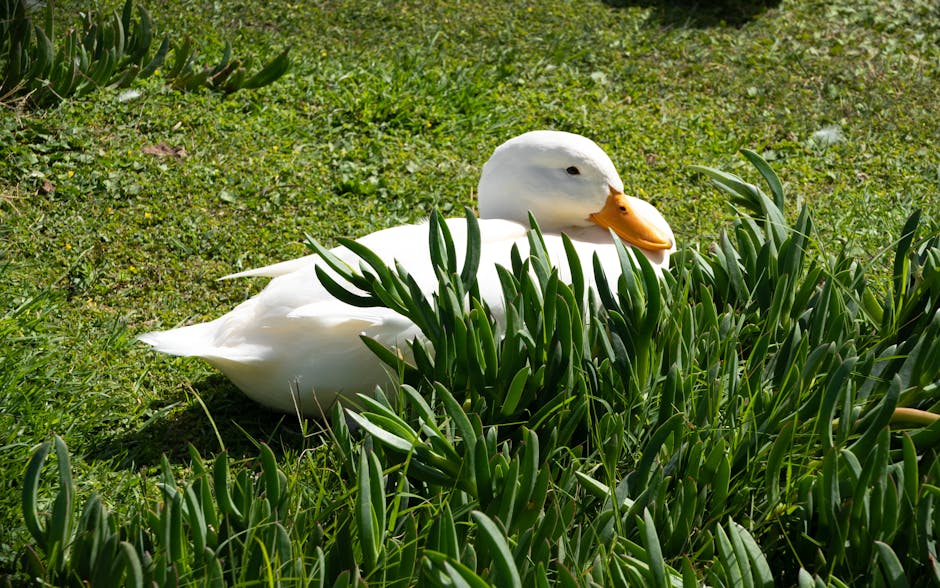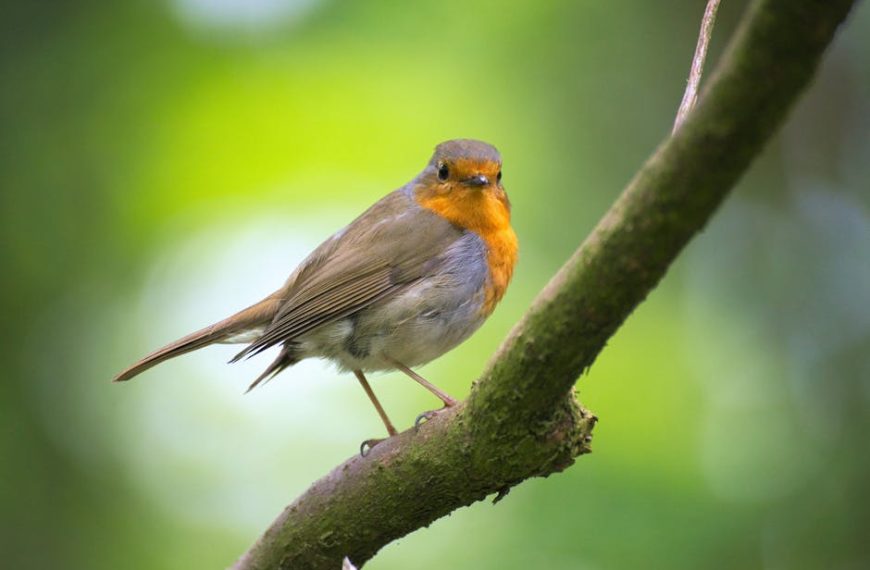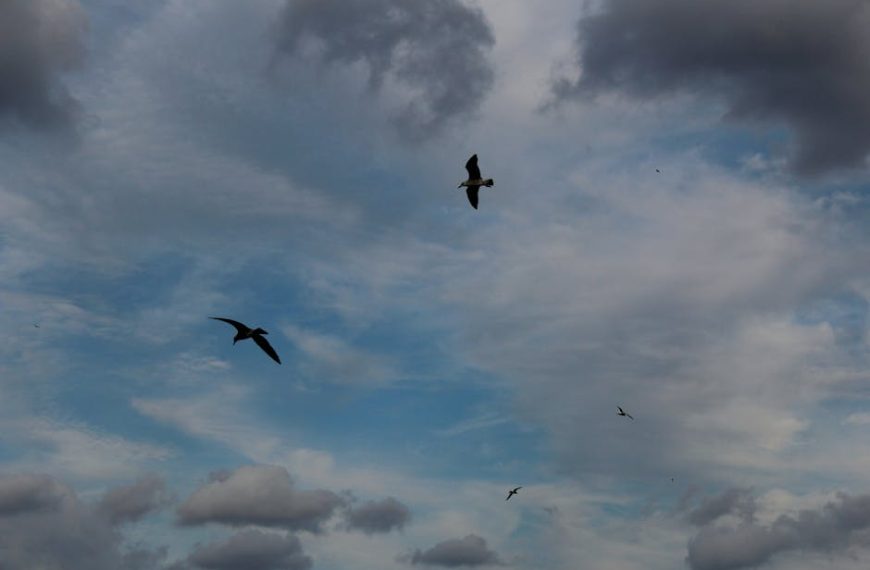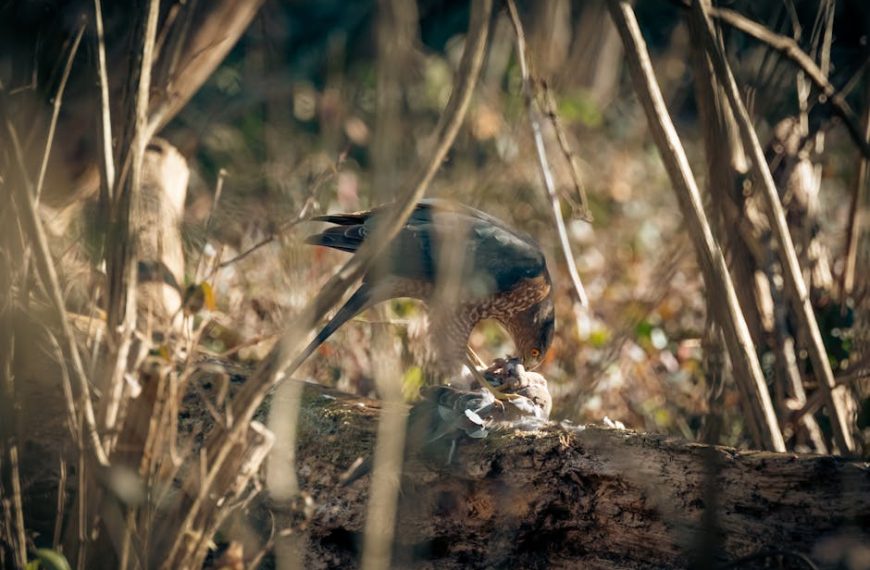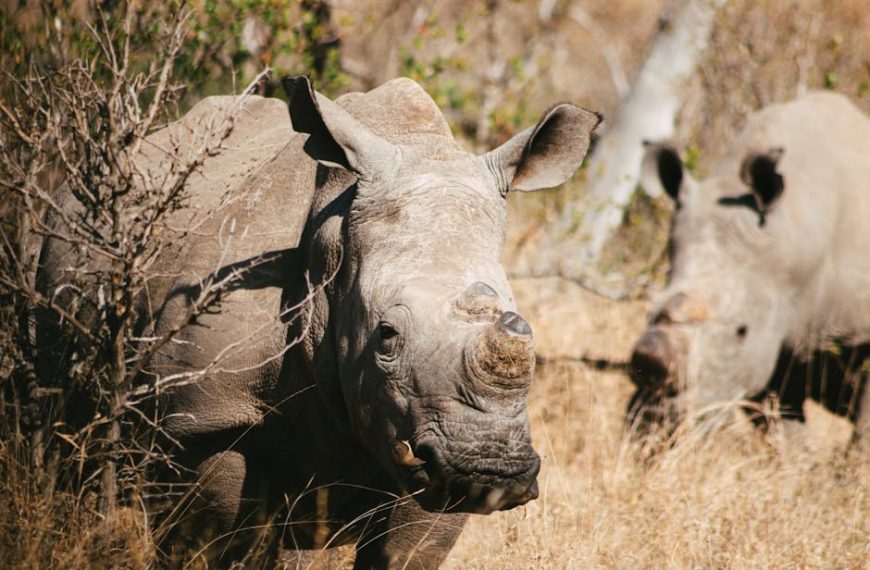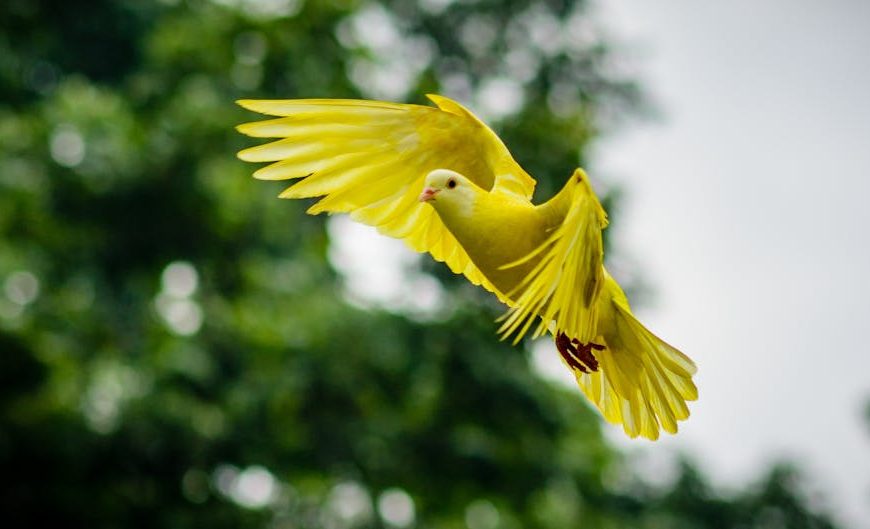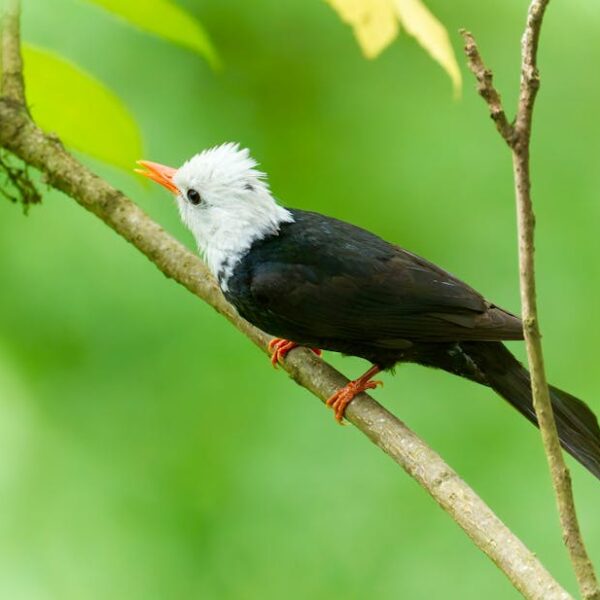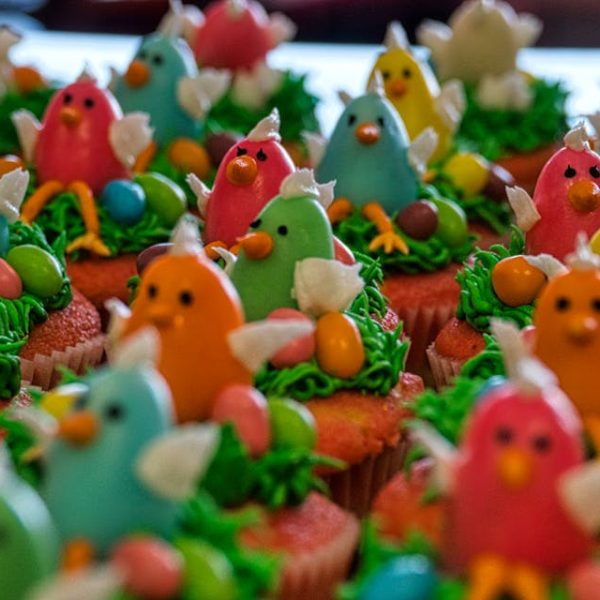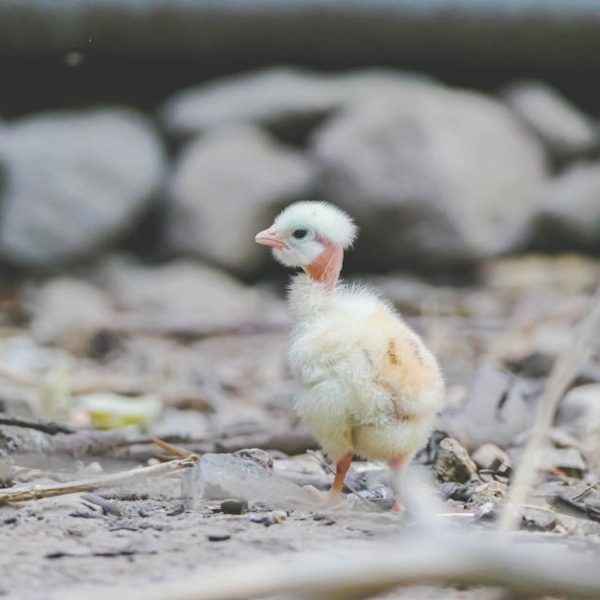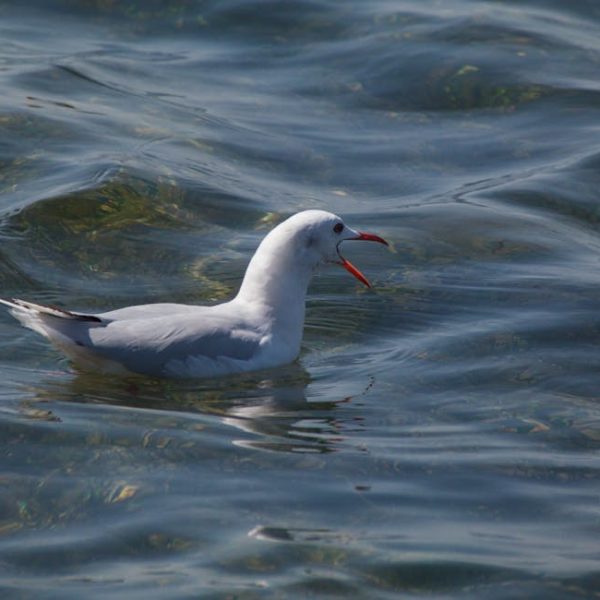It’s a fairly common sight to see birds fluttering around gardens, resting on branches, and hopping from one place to another. But did you know that these nimble creatures play a vital role in the growth and reproduction of plants, including strawberries? Indeed, birds and strawberry plants share a symbiotic relationship. Birds contribute significantly to the growth and reproduction of strawberries, while the plants provide food and a habitat for them.
The Symbiotic Relationship between Birds and Strawberry Plants
A symbiotic relationship in nature is where two species interact mutually beneficially over the long term. In the case of our feathery friends and these succulent fruits, they help each other in diverse and fundamental ways. Some bird species particularly beneficial to strawberry plant growth include robins, sparrows, and mockingbirds.
Here are a few pro tips to attract these bird species to your garden:
- Set up bird feeders with seeds suited for specific varieties of birds.
- Install bird baths or shallow dishes for drinking water.
- Plant native trees and shrubs to provide nesting sites.
How Birds Contribute to the Growth of Strawberry Plants
Birds play a critical role in ensuring the growth and survival of strawberry plants. One key way they contribute is by controlling pests. By feeding on insects and bugs that damage strawberry plants, birds help reduce their populations, naturally protecting the plants from harmful pests. Furthermore, birds add nutrients to the soil through their droppings, enriching the soil and indirectly aiding in nutrient uptake by strawberry plants.
When we compare strawberry plantations that benefit from bird activities with those that lack bird presence, the former shows healthier plants with better fruits. However, it’s important to strike a delicate balance. Birds may occasionally feed on strawberries, particularly when other food sources are scarce. One best practice to maintain this balance is to set up bird-specific feeders filled with seeds and grains to divert attention from the berries themselves while retaining bird presence for pest control and soil enrichment.
Birds’ Role in Strawberry Plant’s Reproduction
Beyond assisting in growth, birds also contribute to the reproduction of strawberry plants. Birds, specially species like robins, finches and sparrows, have a knack for spreading seeds. As they consume strawberries, the undigested seeds pass through their system and are dispersed across the landscape. This facilitates reseeding, allowing new strawberry plants to sprout in different areas.
Furthermore, some birds indirectly promote cross-pollination by causing pollen transfer from one flower to another. To measure if this process is occurring, keep an eye for an increase in the number of blooming flowers and emerging strawberry plants in unexpected areas of your garden, these are telltale signs of successful seed dispersal.
Keep a close eye on the first 500 words of the article. The next parts will delve deeper into strategies to enhance bird visitations and the challenges posed by birds to strawberry growth and reproduction.
Strategies to Enhance Bird Visitations: The Impact on Strawberry Plant Growth
Ensuring a routine visit from your feathered friends necessitates creating an environment that they find hospitable. The following strategies can significantly attract diverse bird species to your strawberry garden.
- Install nests and birdhouses: Providing a safe space for birds to rest and nest can make your garden a preferred stop.
- Water sources: Setting up bird baths or other water features can attract a variety of bird species. Birds need steady water sources for drinking and bathing.
- Natural habitats: Maintaining some areas in your garden undisturbed can provide opportunities for birds to find insects and worms, their natural diet.
Here’s a handy checklist for your bird-friendly strawberry garden:
- Identify local bird species that benefit strawberries.
- Choose the right bird seeds and insect variety to match local bird’s diet.
- Invest in good-quality birdhouses and bird feeders.
- Install a bird bath with clean water.
- Maintain some green area in your garden undisturbed for birds to forage naturally.
When these strategies are appropriately executed, the bird visits can result in a positive impact on strawberry plant growth. By enhancing pest management, boosting soil fertility, and aiding pollination, birds can help create a more robust and productive strawberry crop.
Overcoming Challenges Posed by Birds to Strawberry Growth and Reproduction
While the benefits are numerous, there are potential challenges in inviting birds into your strawberry garden – the most significant being fruit damage. Bird-proofing your strawberries without removing the bird’s presence in your garden may seem tricky, however, it’s certainly possible.
A few bird deterrents to consider include:
- Netting: Placing netting around your strawberry plants can prevent birds from reaching the fruits while still allowing them to forage for pests.
- Decoys and scare devices: Fake owls or birds of prey can often deter smaller birds from coming too close to your fruits.
- Noisemakers: Odd noises or sudden sounds can frighten birds away from dining directly on your strawberries.
| Deterrent | Pros | Cons |
|---|---|---|
| Netting | Effective, inexpensive | Can be labor-intensive to install |
| Decoys and scare devices | Often effective, can be attractive garden features | May not work on all bird species, can scare beneficial insects |
| Noisemakers | Can be very effective, require minimal effort | Can be annoying to humans and pets, may not work on all bird species |
To optimally manage these challenges, observe your garden’s specific conditions. What works best may depend on the bird species in your area and the layout of your garden. Above all, remember to be patient. Improving biodiversity takes time, but the pay-off in the form of a thriving strawberry garden is well worth the wait.
Conclusion
Birds and strawberry plants share a symbiotic relationship that’s beneficial to both parties. Birds help control pests, enrich soil, and aid in seed dispersion, while strawberry plants provide birds with food and habitat. Implementing strategies to attract more birds to your garden while minimizing the potential challenges they could pose will create a harmonious environment conducive to growth and reproduction of spectacular strawberry plants.
Key Takeaway:
- Birds share a symbiotic relationship with strawberries, aiding in their growth and reproduction through pest control, soil enrichment, seed dispersal, and cross-pollination.
- Certain bird species such as robins, sparrows, and mockingbirds are especially beneficial for strawberries.
- Balancing bird activities is crucial as too much bird feeding on strawberries can cause harm. Distract birds with feeders filled with seeds and grains to maintain balance.
- Enhance bird visits by creating bird-friendly spaces featuring bird feeders, bird baths, and native trees and shrubs for nesting.
- Fruit damage can be mitigated with netting, decoys, and noisemakers which serve as bird deterrents. It’s best to observe specific garden conditions and act accordingly.
Remember, while birds may pose some challenges to your strawberry garden, the benefits they bring are significant. Being patient and observant while implementing the right strategies can help you maintain a flourishing strawberry garden that supports a diverse array of bird species.
FAQs
Q: What other plants can benefit from a symbiotic relationship with birds?
A: Birds contribute to the growth and survival of many plant species, not just strawberries. These could include fruit trees, beneficial plants, and various flowering plants in your garden.
Q: How can I identify whether birds are damaging my strawberries?
A: Check regularly for signs of pecked or damaged fruits. This could indicate that birds are feasting on your strawberries.
Q: Can I use any kind of seeds in bird feeders?
A: It’s best to research what types of seeds are preferred by the bird species in your area. This way, you can attract the right birds to your garden.
Q: Will setting up noisemakers disrupt my neighbors?
A: Some noisemakers can be quite loud and may disturb your neighbors. Choose noisemakers that are effective but not overly disruptive to maintain good relations.
Q: What should I do if the deterrents aren’t working?
A: If traditional deterrents aren’t working, you might need to experiment with different methods or a combination thereof. Consider seeking the advice of local ornithologists or agricultural extension offices for more specific guidance.
Do you find this information useful? Feel free to share this article with others who might also find it beneficial, and explore more posts on our website.
